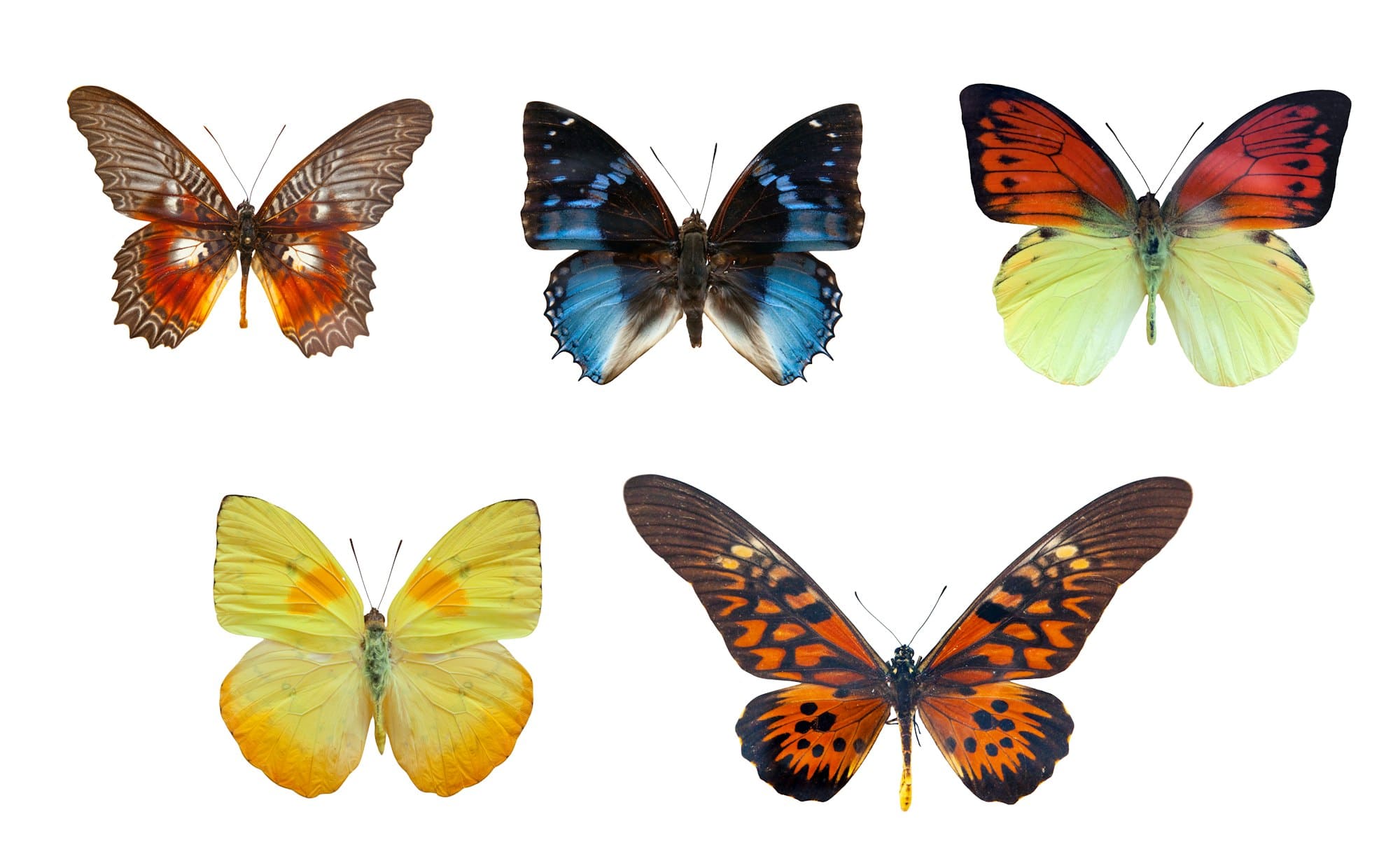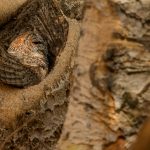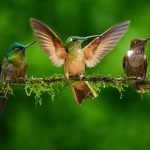Top Plants to Entice and Nurture British Peacock Butterflies in Your Garden
Understanding the Peacock Butterfly
The Peacock butterfly, with its striking eyespots and vibrant colors, is a beloved sight in many British gardens. To attract and nurture these beautiful creatures, it's essential to understand their habits and preferences. Peacock butterflies are particularly fond of warm, sunny spots and are often seen fluttering around flowers that provide nectar, their primary source of energy.
Choosing the Right Plants
When selecting plants for your garden to attract Peacock butterflies, you need to focus on those that offer nectar-rich flowers. Here are some top plants that are sure to make your garden a butterfly haven:
Avez-vous vu cela : Top Tips for Nurturing a Healthy Goldendoodle Puppy in Scotland”s Urban Landscape
Nectar-Rich Flowers
- Buttercup (Ranunculus acris): These bright yellow flowers are a favorite of Peacock butterflies. They bloom in the spring and early summer, providing a vital source of nectar during the butterflies' active periods.
- Dandelion (Taraxacum officinale): While often considered a weed, dandelions are a treasure for butterflies. Their yellow flowers are rich in nectar and attract a variety of butterfly species, including the Peacock.
- Purple Loosestrife (Lythrum salicaria): This plant produces purple flowers that are highly attractive to butterflies and bees. It thrives in damp environments, making it perfect for gardens near water features.
- Red Campion (Silene dioica): With its deep pink to red flowers, Red Campion is a magnet for Peacock butterflies. It blooms from spring to early summer and prefers well-drained soil.
Host Plants for Caterpillars
Peacock butterfly caterpillars feed on specific host plants, which are crucial for their development. Here are some key host plants to include in your garden:
- Nettle (Urtica dioica): Nettles are the primary host plant for Peacock butterfly caterpillars. While they can be invasive, they are essential for the butterflies' life cycle.
- Hop (Humulus lupulus): Hop plants are another host for Peacock butterfly caterpillars. They are easy to grow and can be trained to climb up trellises or walls.
Creating a Butterfly-Friendly Garden
To make your garden a haven for Peacock butterflies, consider the following tips:
A lire en complément : Top Wildlife Cameras for Capturing Nocturnal Creatures in Your UK Garden: A Comprehensive Guide
Provide a Diverse Range of Plants
A diverse garden with a variety of plants that bloom at different times ensures a constant nectar supply throughout the year. Here’s a detailed list of plants that are beneficial for butterflies:
- Spring Bloomers
- Garlic Mustard (Alliaria petiolata)
- Wild Garlic (Allium ursinum)
- Forget-me-nots (Myosotis spp.)
- Bluebells (Hyacinthoides spp.)
- Summer Bloomers
- Dandelion (Taraxacum officinale)
- Buttercup (Ranunculus acris)
- Purple Loosestrife (Lythrum salicaria)
- Red Campion (Silene dioica)
- Autumn Bloomers
- Saracens Woundwort (Achillea millefolium) – Though invasive, it attracts many insects.
- Himalayan Balsam (Impatiens glandulifera) – Another invasive plant, but it is rich in nectar.
Ensure Good Soil Quality
Butterflies prefer gardens with well-drained soil. Here’s a comparison of soil types and their suitability for butterfly-friendly plants:
| Soil Type | Description | Suitable Plants |
|---|---|---|
| Well-Drained Soil | Allows water to pass through easily, reducing waterlogging. | Dandelion, Buttercup, Red Campion, Nettle |
| Moist Soil | Retains some moisture but is not waterlogged. | Purple Loosestrife, Himalayan Balsam |
| Dry Soil | Low moisture content, often found in sunny spots. | Garlic Mustard, Wild Garlic, Forget-me-nots |
Provide Water Sources
Butterflies need water for drinking and to help them regulate their body temperature. Here are some tips for providing water sources:
- Shallow Puddles: Create shallow puddles or birdbaths with fresh water and a few rocks or twigs for the butterflies to land on.
- Damp Soil: Ensure some areas of your garden have damp soil, which butterflies can use to extract minerals.
Additional Tips for Butterfly Conservation
Avoid Using Pesticides
Pesticides can harm or kill butterflies and other beneficial insects. Instead, adopt organic gardening practices to maintain a healthy ecosystem.
Create a Sunny Spot
Peacock butterflies are cold-blooded and need warmth to fly. Create a sunny spot in your garden by removing any shade-producing plants or structures.
Join a Gardening Club
Joining a local gardening club can provide valuable insights and tips from experienced gardeners. It’s also a great way to share knowledge and resources.
Seasonal Care for Your Garden
Spring Preparation
In the spring, make sure to clear any debris from the winter and prepare the soil for new plant growth. Here’s a quote from a gardening enthusiast:
"Spring is definitely here with garlic mustard, celandines, wild garlic, forget-me-nots and bluebells in flower… It’s a wonderful time to see the garden come alive after the winter dormancy."
Summer Maintenance
During the summer, ensure your plants are well-watered but not waterlogged. This is the peak season for butterfly activity, so keep an eye out for any signs of pests or diseases.
Autumn and Winter Care
In the autumn, start preparing your garden for the winter by cutting back dead plant material and adding compost to the soil. Here’s how you can help your garden through the winter:
- Protect Host Plants: Make sure to protect your host plants, like nettles, from harsh winter conditions.
- Provide Winter Food: While butterflies are less active in winter, providing winter food sources like fruit trees can help other beneficial insects and birds.
Creating a garden that attracts and nurtures Peacock butterflies is a rewarding and enriching experience. By choosing the right plants, ensuring good soil quality, providing water sources, and adopting seasonal care practices, you can make your garden a haven for these beautiful creatures.
Here’s a final tip from a gardening expert:
"By growing a variety of nectar-rich flowers and host plants, you can help support the local butterfly population and contribute to butterfly conservation efforts."
So, go ahead and transform your garden into a butterfly paradise – it’s a small step that can make a big difference for these magnificent insects.






